I had build an flyback converter based on UC3845 and some high voltage mosfet - it works fine, however I've got one problem with it. (but i'm not sure if that actually is a problem)
The core for the transformer I used is taken out from laptop power adapter (19V @ 3,5A). From what I reserached - this is RM10 core:
I'm getting 24V @ 2,5A from it, the transistor and secondary diode heats up, but has resonable temperature on the heatsink (40degC), However the transformer is getting quite hot (65-70degC) after some time.
This is the primary current of the transformer - it shows no saturation.
Is it normal for this size of core to get to those temperatures at those powers? If not - What is causing the excessive heating?
EDIT:
And there is the secondary waveform at rated power (24V @ 2,5A):
